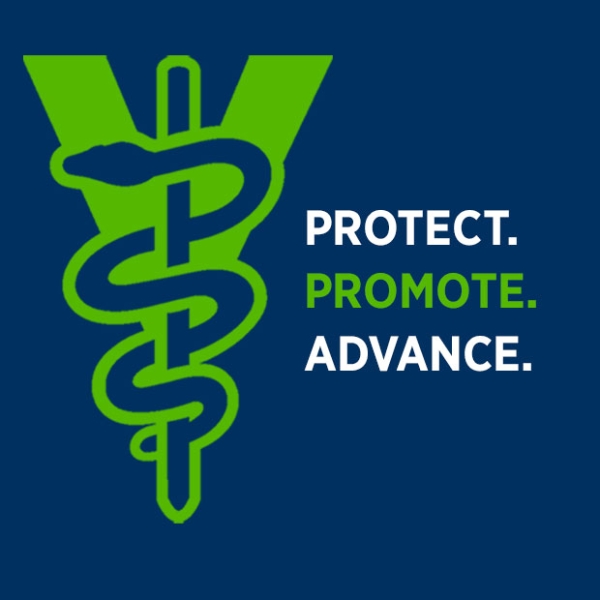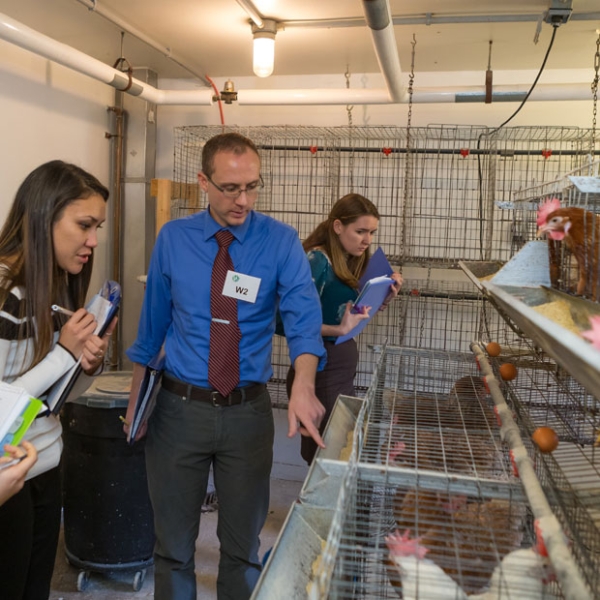In-person consult to establish VCPR is key, even for telemedicine
 Telemedicine provides tremendous opportunity for veterinarians to reach more patients, improve the quality of care, and offer added convenience to clients. But it should start with an in-person consultation to establish a Veterinarian-Client-Patient Relationship (VCPR).
Telemedicine provides tremendous opportunity for veterinarians to reach more patients, improve the quality of care, and offer added convenience to clients. But it should start with an in-person consultation to establish a Veterinarian-Client-Patient Relationship (VCPR).
This is partly a legal consideration. Current federal law requires that a VCPR be established in person for some activities, including extra-label prescribing of drugs, issuing veterinary feed directives, and creating certain biologics. “In person” means the veterinarian has recently seen and is personally acquainted with the keeping and care of the animal by virtue of a physical examination, and/or by medically appropriate and timely visits to the premises where the animal is kept. Current state regulations typically require establishing a VCPR in person as well.
This means that any veterinarian who relies on a remote consultation as the basis of the VCPR is violating federal law if engaging in the indicated activities, and likely is violating state law as well. That could result in disciplinary action by the FDA, USDA, and state veterinary medical or pharmacy boards.
It’s also a matter of liability risk. Because the federal government and most states reference a VCPR that must be established in person, veterinarians who do not comply open themselves up to a risk of civil lawsuit from any unhappy client whose animal’s care did not start with an in-person consultation.
The potential for modern communications to expand the access and quality of veterinary care is enormous, and the AVMA is enthusiastic about helping the profession explore this exciting new arena. We’re also committed to helping our members better understand the benefits and convenience of telemedicine, and providing tools so you can begin offering or expanding virtual care in your own practice.
But as with all medical tools, telemedicine must be implemented and used responsibly. At least for now, the AVMA believes that means establishing a VCPR in person, with the exception of advice given in an emergency until the patient can be seen by a veterinarian. Without a VCPR, any advice provided through electronic means should be general and not specific to a patient, diagnosis, or treatment.
As our profession increasingly harnesses digital tools to treat patients and communicate with clients, the AVMA will be on the front lines helping our members understand both federal and state laws, including any changes to those laws. We also continue developing tools and resources to guide you in applying telemedicine to enhance the services you already provide.
Our Telehealth Resource Center is your go-to information source, with basic definitions and frequently asked questions, practical steps to implement telemedicine in your practice, an overview of service models, a checklist to evaluate potential service providers, and more. As we continue to build out the resource center, we’re also preparing a wide range of CE offerings and activities to help you learn about telemedicine at AVMA Convention 2018 in Denver.
We applaud the steps many of our colleagues have already taken to extend veterinary services by incorporating telemedicine in practice. And we will continue to work hand in hand with stakeholders and allied organizations to simplify and improve the adoption of digital methods to enhance veterinary care.



Comments
Add New Comment